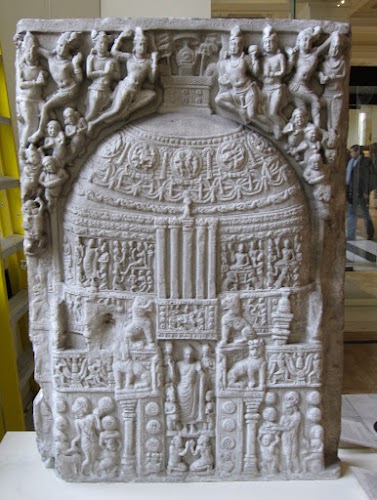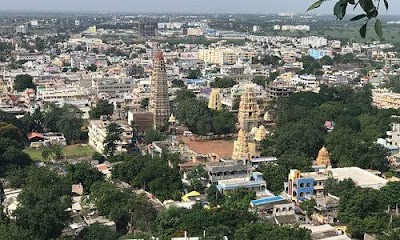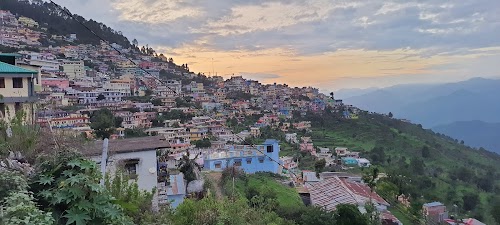
Amaravati, India
Amaravati, located on the banks of the Krishna River in Andhra Pradesh, is a city of historical and religious significance. It's known for its ancient Buddhist stupa and the Amareswara Swamy Temple, a revered Hindu shrine. The city is also being developed as the new capital of Andhra Pradesh, blending its rich past with modern infrastructure. Tourists can explore archaeological sites, experience spiritual serenity, and witness the emergence of a modern capital city. The city offers a unique blend of ancient heritage and contemporary development.
Known for:
History:
Amaravati boasts a rich history dating back to the Satavahana dynasty, who established it as their capital around the 2nd century BCE. The city was a major center of Buddhist learning and culture, evidenced by the magnificent Amaravati Stupa, one of the largest in India. Over the centuries, it came under the rule of various dynasties, including the Pallavas, Chalukyas, and Kakatiyas. The city's historical significance is underscored by its archaeological sites and ancient temples, which continue to attract historians and pilgrims alike. Today, Amaravati is being developed as the new capital of Andhra Pradesh, marking a new chapter in its long history.
How to reach:
The nearest airport is Vijayawada Airport (VGA), about 40 km away. Amaravati is also well-connected by road and rail. Regular bus services and trains are available from major cities in Andhra Pradesh and neighboring states. The nearest major railway station is in Guntur.
Places in Amaravati, India
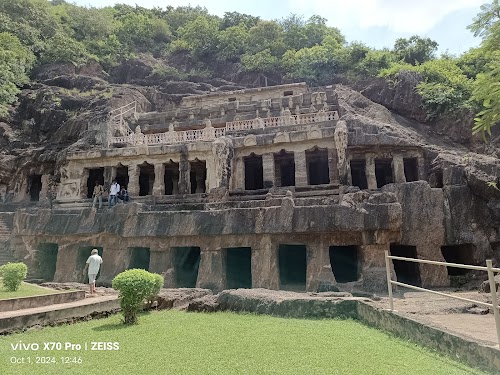
Undavalli Cave Temple
Amaravati, India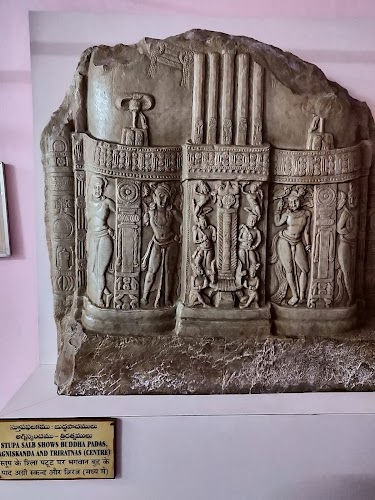
Amaravati Archaeological Museum
Amaravati, India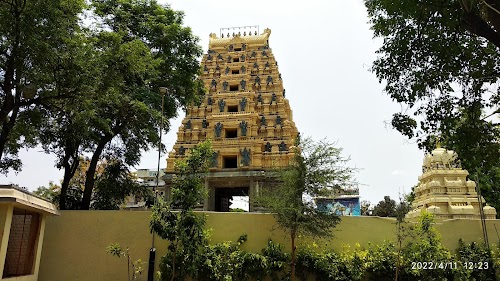
Amaralingeswara Swamy Temple
Amaravati, India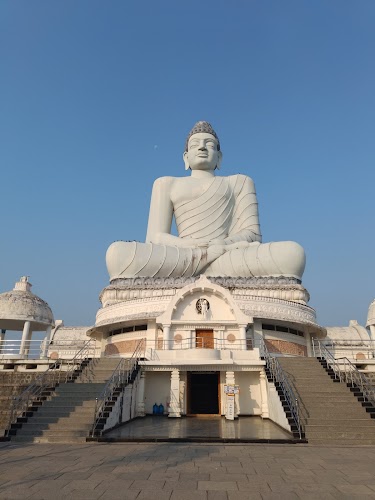
Dhyana Buddha Statue
Amaravati, India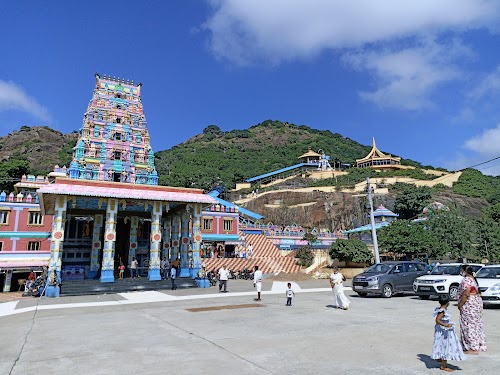
Kotappakonda Sri Trikoteswara Swami Temple
Amaravati, India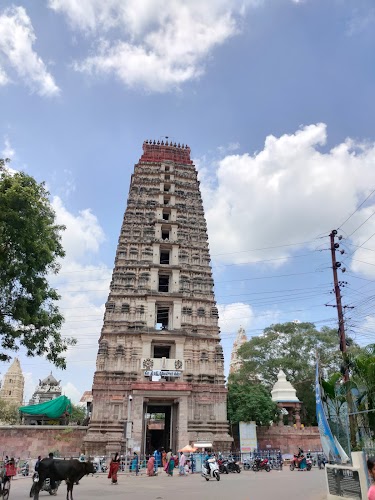
Panakala Narasimha Swamy Temple
Amaravati, India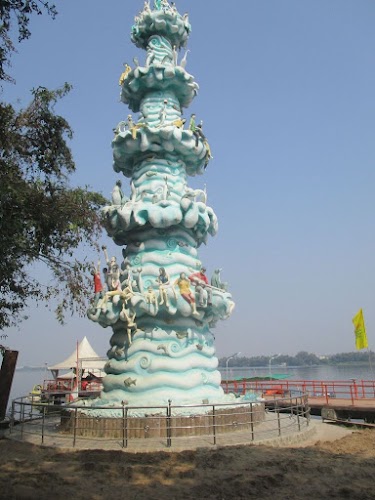
Bhavani Island
Amaravati, India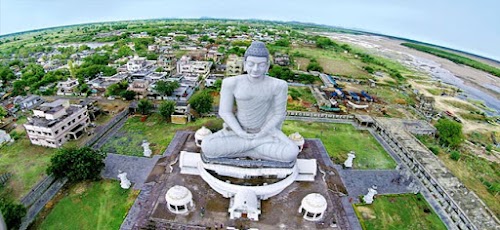
Mangalagiri
Amaravati, India